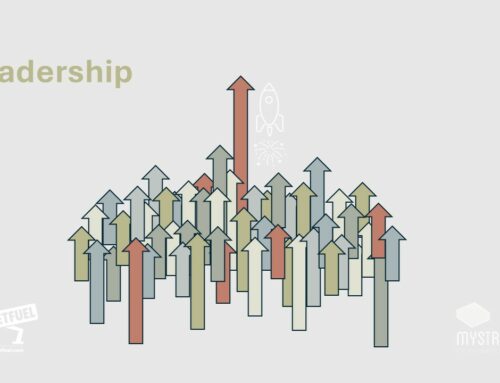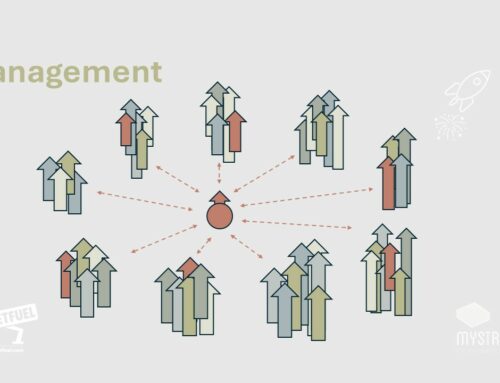
Optimism is a vital behavior for leaders, so Leadership & Performance Coach Davina Greene contemplates how to dial it up.
How would you describe yourself – optimistic, pessimistic, or realistic? Although we like to think of ourselves as balanced realists, science increasingly suggests that human beings are wired for optimism, born with rose-tinted glasses at the ready (worn, of course, by some of us more than others). According to the ‘optimism bias’, humans generally expect the future to be better than the past or present, projecting pessimistic thoughts onto other people whilst remaining hopeful for ourselves. Divorce, unemployment, crime…these things will happen to others, but not to us. This outlook is actually highly beneficial as, without it, those of us who keep up with the daily news might have stopped getting out of bed in the morning by now!
If we are, in fact, wired for optimism, why does it seem to elude so many of us? To answer this, experts point us to ‘explanatory styles’. For example, an optimist explains an event to herself as if she has some control over it, and as if the problem is ‘out there’, external, waiting to be solved. A pessimist is more likely to internalize the problem, viewing herself as part of it, or the source of it, and interpreting the situation as difficult, even impossible, to control.
Optimism Versus Pessimism
Should we concern ourselves with our tendency towards optimism or pessimism? Well, any trait that contributes to others’ perception of us, or to our eventual success, is always worth understanding. Across many disciplines, from Leadership to Sales, it has been shown that positive, optimistic people perform better.
- Think about it: if the leader of your company were a renowned pessimist, would you feel like following her?
- Imagine sitting beside a colleague who speaks non-stop of the promotion that will never be achieved for reasons A, B and C, the house that isn’t quite perfect enough for reasons X, Y and Z…
- Imagine bounding into a project meeting, full of ideas, to be greeted with “No, that will never work”, “We’ll never complete that in time”.
Exhausting, isn’t it? Demotivating, even. It works against interpersonal connectivity, momentum and inspiration. In fact, many people simply stop speaking around pessimistic people, rather than have their ideas killed within seconds of airing. Some more self-aware pessimists may offer that they are “only playing devil’s advocate”, but everyone soon deduces whether this is true or whether this person simply tends towards pessimism across life in general.
The thing is, in order to achieve, we need confidence, self-belief, and momentum. Logically, these require optimism. We generally also need the engagement of other people along the way, which is better encouraged by optimism than by pessimism, as per the above examples. People need to want to be around you – or, at least, to not not want to be around you – for collaboration and support. There is no need to achieve ‘cheerleader’ status, just something nearer to realism or neutrality, ideally inching towards optimism itself.
Beyond this, there are some very persuasive health considerations. Optimistic people have been shown to have higher immunity, quicker recovery from illness, lower instances of chronic disease, and stronger mental health, for starters. Pessimists, on the other hand – although at times benefitting from recognition, or avoidance, of negative events – may find that their stress levels are generally higher and may even go so far as to skip health checks, for example, to avoid bad news. They may also lack a support system as people gradually back away from them, for the aforementioned reasons.
Can a person learn optimism? Sure, with effort and focus. As a practical starting point, we can fuel our optimism by having a powerful vision for areas of importance to us, and a supporting strategy that permits mitigation of perceived risks along the way – exactly the same positive strategic thinking that organizations use, and in which many of you will therefore have played a role. At a lower level, we can explore how our other traits might currently feed our pessimism, or support our intended optimism (what might happen if pessimism and perfectionism are both present, for example?).
Optimism has a strong impact on you and those around you. Take stock of your capacity for it. It will serve you well.
Tips for Optimism
- Formally choose optimism as your way forward, for accelerated change
- Use a daily journal to monitor and explain pessimistic thoughts
- Add to that journal any reasons for gratitude, and all successes
- Hang around optimistic people, and push for optimism in situations you control
- Reframe pessimistic thoughts – ‘flip’ them, actively seeking a silver lining
- Blame someone else! Externalize the problem. It is not you. Get some distance from live issues, rather than letting them get inside your head and overwhelm.
- Pushing pessimistic thoughts to the point of cartoonish ridiculousness can shift perspective
- Turn “failures” into “lessons learned for next time”. Knowledge breeds options; lack of options breeds panic.
Interested in investing in your own personal – and personal strategy – development? Check out www.MyStrategy.me!
Share This!
About the Author




